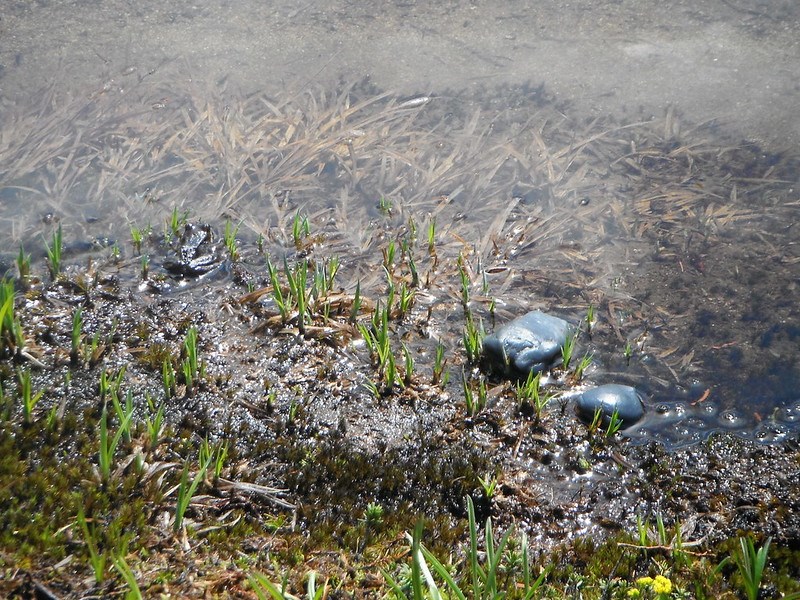Last updated: August 27, 2020
Article
Water Loss Compounds Amphibians' Vulnerability to Climate Change

Simon Fraser University
August 2020 - Amphibians already face more than their share of challenges. Human beings have developed or degraded significant portions of their habitats. Their porous skin makes them especially sensitive to toxins in their environment. More recently, many have struggled with diseases like those caused by introduced chytrid fungi. Previous research has also found that climate change poses a risk to amphibian populations. Now, a new study suggests that human-caused climate change could present a bigger threat to wet-skinned amphibians than earlier research anticipated.
Amphibians are cold blooded, and their physiological temperature tolerances are generally well understood. As a result, previous models of amphibian responses to climate change focused on those tolerances. The authors of this study, recently published in Global Change Biology, wanted to better understand the role of a temperature-related factor that those models did not consider: evaporative water loss (EWL). EWL increases as amphibian body temperatures rise, helping them to lower their body temperature. Thus amphibians need to stay hydrated to stay cool, and may be more sensitive to water loss than to temperature alone.
To tease out the role of EWL, the researchers created model frogs and toads from agar, a seaweed derivative. Agar models can mimic amphibian size, water loss, density, posture, and more. They placed the agar frogs in four adjacent habitats in the Pacifc Northwest that were sunny or shady, and dry or wet to mimic habitats that amphibians can select to regulate their temperatures and water loss. They measured how often temperature and EWL exceeded local frog tolerances under the current climate regime, and modeled how often those tolerances would be exceeded under future climate change scenarios. They found that even today, shallow water can be too warm for many amphibians. In addition, they project that by 2080, 48% of snow-free days could be too hot, and EWL too high, for amphibians to tolerate, even in shady, wet environments.
The study is a geographically limited test case. It also does not take into account other ways that amphibians could potentially adapt, beyond moving between above-ground habitats. For example, perhaps amphibians will undergo range shifts or be able to modify what times or year or times of day they are most active. Still, it signifies that modeling amphibian responses to climate change based on temperature alone underestimates the physiological challenges they may face. Further research into the combined effects of temperature and evaporative water loss can help more accurately pin down the risks to particular species in particular areas.
For more information
- Lertzman‐Lepofsky, GF, Kissel, AM, Sinervo, B, Palen, WJ. 2020. Water loss and temperature interact to compound amphibian vulnerability to climate change. Global Change Biology. 26: 4868– 4879. https://doi.org/10.1111/gcb.15231
- Simon Fraser University press release: Dehydration increases amphibian vulnerability to climate change
